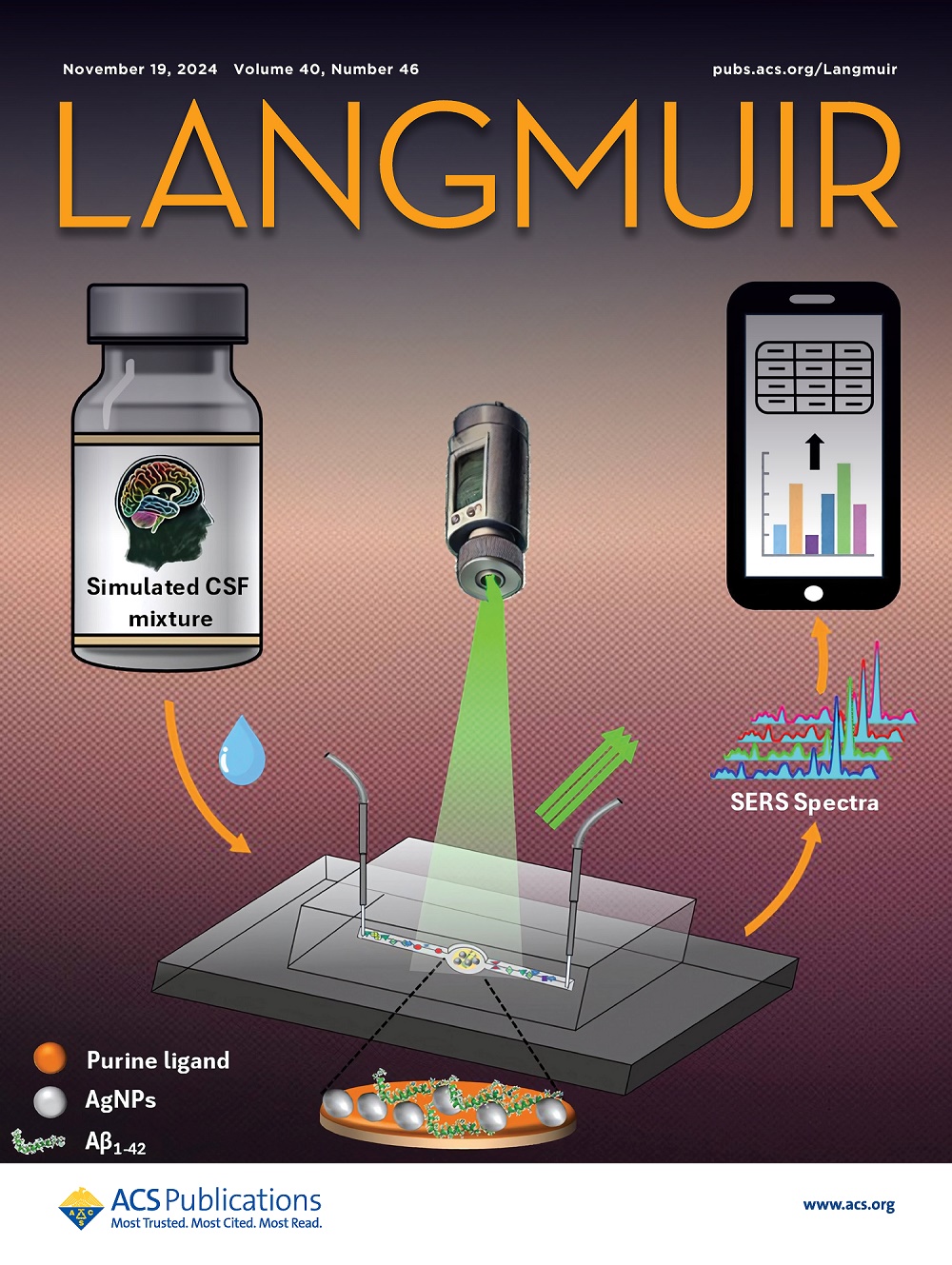IF 3.7
2区 化学
Q2 CHEMISTRY, MULTIDISCIPLINARY
引用次数: 0
摘要
本研究通过密度泛函理论计算研究了 T-石墨烯(TG)、T-氮化硼(TBN)及其异质结构(TG-TBN)对 CO、SO2、NO 和 NO2 气体分子的吸附性能。为了观察纳米片的传感性能,研究了吸附能与吸附距离、电荷转移、电子特性、灵敏度和恢复时间的关系。气体分子被吸附在纳米片的四边形(T)和八边形(O)位点上,其中我们发现 O 位点更有利。在 TG 与气体的相互作用中,我们发现吸附行为较低,但 TBN 和 TG-TBN 与气体的相互作用表现良好。在四种气体中,二氧化硫和二氧化氮与 TBN 的化学吸附能量分别为-0.911 和-1.75 eV。在相互作用过程中,气体从 TBN 上分别获得了 -0.139e 和 -0.428e 的电荷。TG-TBN 与 NO 和 NO2 气体显示出很高的相互作用特性,能量分别为-1.21 和-1.35 eV。DOS 光谱显示,在纳米片上吸附 NO 和 NO2 气体时,费米级会产生额外的电子态。在解吸过程中观察到的恢复时间较短;就 TG-TBN 而言,NO 在 T 和 O 位点的恢复时间分别为 0.19 和 1.56 秒,NO2 气体分子在 T 和 O 位点的恢复时间分别为 28.32 和 41.04 秒。因此,TBN 可用作 SO2 和 NO2 气体的气体传感器,而 TG-TBN 可用作 NO 和 NO2 气体分子的气体传感器。本文章由计算机程序翻译,如有差异,请以英文原文为准。

Exploring the Sensing Performance of T-Graphene, T-Boron Nitride, and Their Lateral Heterostructure for Toxic CO, NO, NO2, and SO2 Gas Molecules
In this observation, density functional theory calculations were carried out to examine the adsorption performance of T-graphene (TG), T-boron nitride (TBN), and their heterostructure (TG-TBN) toward CO, SO2, NO, and NO2 gas molecules. To observe the sensing performance of the nanosheets, the adsorption energy with adsorption distance, charge transfer, electronic properties, sensitivity, and recovery time have been investigated. The gas molecules were adsorbed in the tetragonal (T) and octagonal (O) sites of the nanosheets, in which we found that the O site was more favorable. In the case of the interaction between TG and gases, low adsorption behavior has been found, but TBN and TG-TBN exhibit favorable interaction behavior with the gases. Among the four gases, SO2 and NO2 interact with the TBN in chemisorption energy, which are −0.911 and −1.75 eV, at the O site, respectively. During their interaction, the gases gain −0.139e and −0.428e charges from the TBN. TG-TBN shows high interaction properties with the NO and NO2 gases with energies −1.21 and −1.35 eV, respectively. The DOS spectra show that extra electronic states are generated at the Fermi level of NO and NO2 gas adsorption on the nanosheets. Low recovery times have been observed during the desorption; in the case of TG-TBN, the recovery times are 0.19 and 1.56 s at the T and O sites for NO and 28.32 and 41.04 s at the T and O sites for the NO2 gas molecule. Therefore, TBN can be used as a gas sensor for SO2 and NO2 gases and TG-TBN can be used as a gas sensor for NO and NO2 gas molecules.
求助全文
通过发布文献求助,成功后即可免费获取论文全文。
去求助
来源期刊

Langmuir
化学-材料科学:综合
CiteScore
6.50
自引率
10.30%
发文量
1464
审稿时长
2.1 months
期刊介绍:
Langmuir is an interdisciplinary journal publishing articles in the following subject categories:
Colloids: surfactants and self-assembly, dispersions, emulsions, foams
Interfaces: adsorption, reactions, films, forces
Biological Interfaces: biocolloids, biomolecular and biomimetic materials
Materials: nano- and mesostructured materials, polymers, gels, liquid crystals
Electrochemistry: interfacial charge transfer, charge transport, electrocatalysis, electrokinetic phenomena, bioelectrochemistry
Devices and Applications: sensors, fluidics, patterning, catalysis, photonic crystals
However, when high-impact, original work is submitted that does not fit within the above categories, decisions to accept or decline such papers will be based on one criteria: What Would Irving Do?
Langmuir ranks #2 in citations out of 136 journals in the category of Physical Chemistry with 113,157 total citations. The journal received an Impact Factor of 4.384*.
This journal is also indexed in the categories of Materials Science (ranked #1) and Multidisciplinary Chemistry (ranked #5).
 求助内容:
求助内容: 应助结果提醒方式:
应助结果提醒方式:


